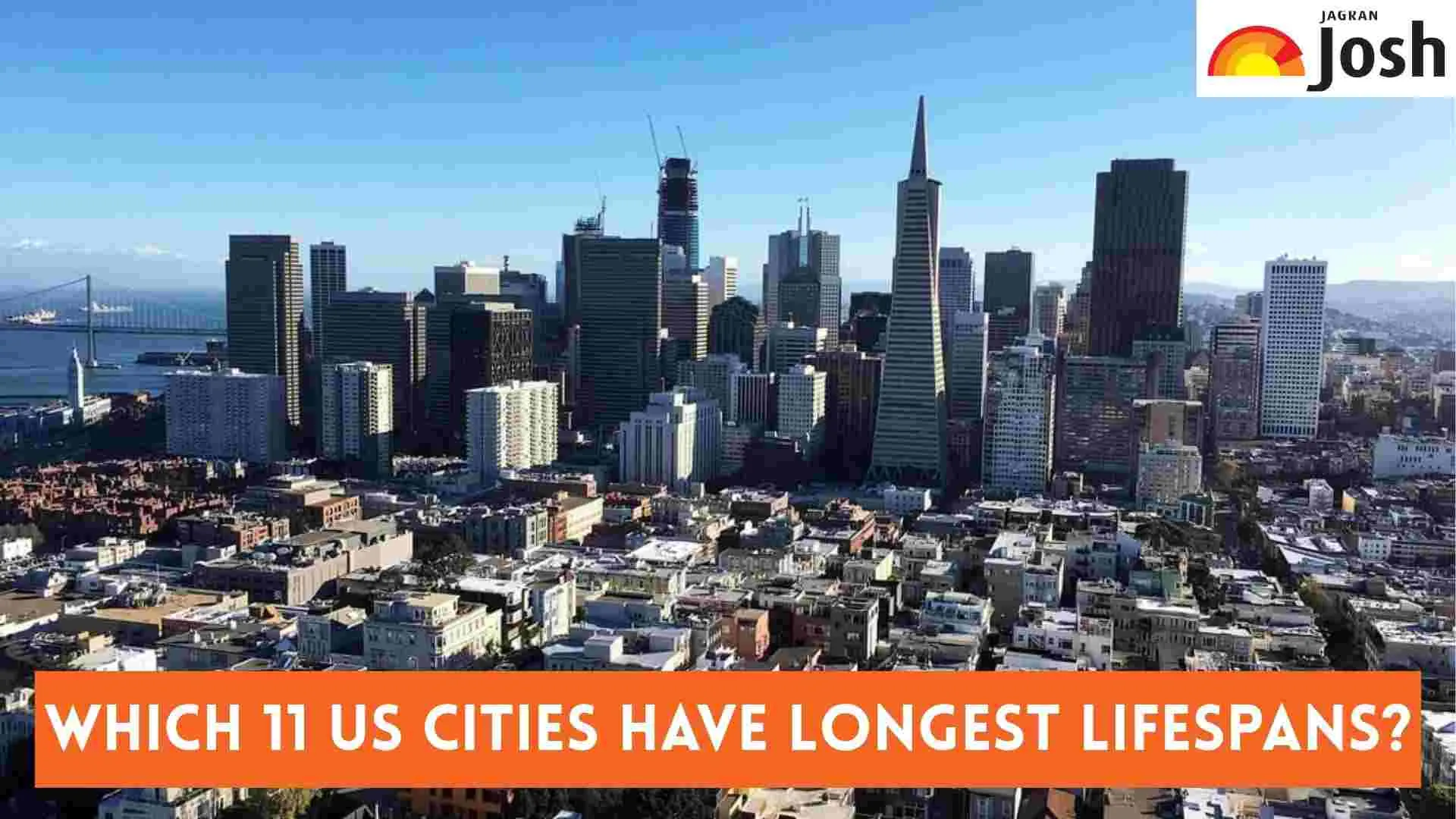Life expectancy, also known as life expectancy at birth, tells us the average age people are likely to live to in our time. In the United States, life expectancy varies city by city, but the average is 77.43 years according to the World Bank. As per the official U.S. National Health and Nutrition Survey, around 97% of Americans fail to follow a healthy lifestyle. Thus, the pursuit of a long and healthy life has become crucial in the United States. But do you know which 11 U.S. cities have the longest lifespans? In this article, we look into places in the U.S. where residents live longer and the factors that contribute to longer life expectancy, as stated by the official sources.
Life expectancy at birth: Key Findings
-
Overall, US life expectancy in 2023 was 78.4 years, an increase of 0.9 years from 2022.
-
For males in 2023, life expectancy has been estimated at 75.8 years.
-
For females in 2023, life expectancy has been estimated at 81.1 years.
Check Out- Who Was Walter O. Snelling? The American Chemist Who Discovered LPG
Where is life expectancy highest in the U.S.?
In accordance with the SF Gov. Health Disparities Program, San Francisco has the highest life expectancy at birth in U.S. cities, reaching 83 years. San Jose followed with 82.9 years, and Honolulu with 82.6 years.
List of U.S. Cities with the Longest Lifespans
The 11 U.S. cities with the longest lifespans include San Francisco, San Jose, Honolulu, Los Angeles, Seattle, Austin, New York City, Portland, Boston, Denver, and Minneapolis. Data on the U.S. cities with the longest lifespans takes into account factors such as health, access to good doctors, financial stability, and lifestyle.
Check the list below that includes 11 U.S. cities where people live the longest.
| Rank | City (State) | Population (Approx.) | Life Expectancy (Approx. Years) | Key Factors (General) |
| 1 | San Francisco (CA) | 808,000 | 83 | High income, healthy diets, good healthcare access, active culture |
| 2 | San Jose (CA) | 970,000 | 82.9 | High-tech jobs, healthy incomes, active lifestyles |
| 3 | Honolulu | 350,964 | 82.6 | Educated populace, access to health services, and walkable areas |
| 4 | Los Angeles (CA) | 3,800,000 | 82.1 | Diverse food options, outdoor activities, and varying healthcare access |
| 5 | Seattle (WA) | 737,000 | 82 | Strong economy, outdoor recreation, quality healthcare |
| 6 | Austin (TX) | 970,000 | 81.9 | Growing economy, active community, healthy food scene |
| 7 | New York City (NY) | 8,300,000 | 80.7 | Diverse healthcare, public transport, and cultural engagement |
| 8 | Portland (OR) | 635,000 | 80.7 | Focus on sustainability, outdoor activities, and green spaces |
| 9 | Boston (MA) | 650,000 | 80 | Top medical facilities, strong academic environment |
| 10 | Denver (CO) | 710,000 | 79.7 | Active outdoor lifestyle, clear air, fitness culture |
| 11 | Minneapolis (MN) | 425,000 | 79.1 | Strong healthcare, emphasis on parks and recreation |
Note: Population and life expectancy figures are approximate and can vary based on the latest available data, source, and demographic breakdown. Key factors are general observations based on common indicators of longevity in urban areas.
Source: Centers for Disease Control and Prevention (CDC)
What are the contributing factors to longer life expectancy in these U.S. cities?
These 11 U.S. cities are known for their longer life expectancy rate because they provide a healthier lifestyle and development for individuals as compared to other cities. People in these cities enjoy higher wages, strong public healthcare systems, welcoming communities, fresh food, and cultures that promote physical activity and reduce stress.
Here are the key factors:
-
Quality Healthcare: Access to top doctors, hospitals, and preventative care.
-
Economic Stability: Less poverty means better food, safer homes, and less stress.
-
Education: Higher education often leads to healthier life choices.
-
Urban Design: Walkable areas, green parks, and good public transport encourage activity.
-
Strong Communities: Social connections boost mental health.
Several interconnected factors contribute to the higher age expectancy in U.S. cities like those listed above. These factors underscore that a holistic approach to urban planning and public health can significantly influence how long people live.
Must Read- Which US Cities have the Best Job Market? Check The Top 10 Cities and their Average Income
Conclusion
The data on which 11 U.S. cities have the longest lifespans offers compelling facts about the environments that foster long and healthy lives in the United States. These U.S. cities serve as models, demonstrating that a combination of robust infrastructure, accessible healthcare, economic stability, and supportive community environments can significantly extend life expectancy. Understanding these trends provides valuable insights for urban planners, policymakers, and individuals alike, highlighting that where you live can indeed play a crucial role in how long and how well you live.

Comments
All Comments (0)
Join the conversation